Greetings Friends,
As we begin this new year, I want to spend sometime with the Heart of Great Perfect Wisdom Sutra. This chant is one that is chanted across Mahayana Buddhist traditions, within our own Zen school, it is chanted daily in most monasteries and regularly in many practice communities.
It’s a pithy teaching that cuts to the heart of our practice. And it starts with the Bodhisattva of Great Compassion (the archetype of compassion) practicing Prajna Paramita (which translates as wisdom beyond wisdom). Right here, in the first line of this chant we see a fundamental relationship between compassion and wisdom.
Wisdom is the practice of Great Compassion. Great Compassion, the activity of wisdom beyond wisdom.
There is a koan about the Bodhisattva of Great Compassion that I am quite fond of and would like to share.
Blue Cliff Record Case 89—Hands and Eyes of Great Compassion
Yunyan asked Daowu, “‘How does the Bodhisattva Guanyin use those many hands and eyes?”’
Daowu answered, “‘It is like someone in the middle of the night reaching behind her head for the pillow.”’
Yunyan said, “I understand.”
Daowu asked, “How do you understand it?”
Yunyan said, “‘All over the body are hands and eyes.”
Daowu said, “That is very well expressed, but it is only eight-tenths of the answer.”
Yunyan said, “How would you say it, Elder Brother?”
Daowu said, “Throughout the body are hands and eyes.
The koan begins with two dharma brothers, two spiritual friends, walking together. One of the characters for friend in the Japanese kanji is the character for moon, twice.
Two moons walking together. So intimate. The moon is a symbol we use in Zen to refer to our original, awakened nature. Two original humans, seeing each other’s nature.
I always think about this poem by Rumi called Sema, Deep Listening
There is a moon in every human being, learn to be companions with it
Give more of your life to this listening
Its like friendship is the act of seeing the awakened nature in another, nurturing their inner moon. And allowing our awakened nature to be seen by another. Letting them nurture our inner moon.
And we also learn through friendship and through practice, how to companion ourselves—to nurture our own inner moons. To give more of our lives to this listening.
Listening is an aspect of compassion. Kanzeon one manifestation of the bodhisattva of compassion hears the cries of the world.
Listening is also a dharma gate to deep intimacy, wisdom beyond wisdom–many teachers awakened upon hearing a sound. Listening can help us move beyond the realm of concepts.
We listen, and for many the sense of self expands. The whole body hears. Hearing open our awareness to the vast expanse of Mind’s nature, spacious, without bounds.
So we have two friends, two companions, the intimacy of friendship, deep listening, nurturing awakened nature in each other—
And one friend poses a question—do you have friends like that? Who ask questions that draw you in? Ponder aspects of the dharma together? Ponder life together? Are you a friend like that? I think in Zen practice we are learning to be this kind of friend to ourselves, and others. We are practicing refining our questioning—and this can be playful.
What do you think the bodhisattva of great compassion does with all those hands and eyes?
In one depiction of Avalokiteshvara they have 10K arms and hands, in each hand sometimes they hold an eye (to see/bear witness to the suffering in the world) and sometimes they have a different kind of tool or instrument to help relieve suffering.
Pause here—because we are learning more about compassion through these images, another facet of the jewel is being revealed. Compassion has this quality of bearing witness, of hearing, of seeing—of being present with.
So often our attention—our kind, open attention is medicine—is healing
And then another aspect of compassion is more active—taking the form of the medicine in the moment, responding as best as we can.
In Shantideva’s prayer, we become whatever is needed to relieve the suffering in the world, in others, in ourselves—may I be a bridge, a boat, a ship—may I be doctor, nurse and medicine.
I like this question because they are playing in the mythology of buddhism, but they are also pondering it in real time. What is compassion? How does it function?
So one responds—its like reaching back for a pillow in the middle of the night.
Compassion is so natural—its happening even when we are unconscious or semi-conscious.
When we are emptied out of the self who is trying to be good, to do it right—compassion, compassion.
Here in the reaching in the darkness, there is something about spontaneity, uncontrivedness, naturalness.
Is compassion our nature? How would we know? Can we even track all the moments of compassion that sustain our lives minute by minute, day by day?
More immediate answer might have been reaching out and squeezing his hand, or scratching his back, or handing him a piece of fruit or some water—
Don’t just tell me about compassion being our nature—show me.
But this image is good. Its an invitation. Something we can take with us and explore.
How are your very own hands enacting compassion?
What is your experience of letting the thinking mind get quiet, or open? What happens when you slip below the story of self?
How does love arise? what does it look like now?
…
I’m Amy Kisei. I am a Zen Buddhist Teacher, Spiritual Counselor, budding Astrologer and Artist. I offer 1:1 Spiritual Counseling sessions in the styles of IFS and somatic mindfulness. I also offer astrology readings. Check out my website to learn more.
Below you can find a list of weekly and monthly online and in-person practice opportunities. I will be traveling to Oregon in February and will be facilitating three events of varying lengths while I am there (most of which are taking place at Great Vow Zen Monastery.)
Weekly Online Meditation Event
Monday Night Dharma — 6P PT / 9P ET Join weekly for drop-in meditation and dharma talk. Feel free to join anytime. Event last about 1.5 hours. ZOOM LINK
Monthly Online Practice Event
Sky+Rose: An emergent online community braiding spirit and soul
First Sundays
10:30A - 12:30P PT / 1:30P - 3:30P ET
next Meeting March 2nd
In-Person in Oregon
Feb 1 — Sky+Rose Daylong Retreat: The Strange Garden of Desire
The strange garden of desire: wandering, dreaming, feasting, tending, destroying.
In this daylong workshop each person will explore their singular Strange Garden of Desires, taking a fresh look at what loves, longings, obsessions and obligations live within us.
Through parts work, meditation, and practices of somatic expression we will engage our gardens in five distinct ways: wandering, dreaming, tending, feasting and destroying.
Feb 2 - 9 — Pari-Nirvana Sesshin: A Meditation Retreat exploring Life, Death & the Unknown
Feb 13 - 16 — Emergent Darkness – A Creative Process, Parts Work and Zen Retreat
In-Person in Ohio
(See Mud Lotus Sangha Calendar for weekly meditation events, classes and retreats)




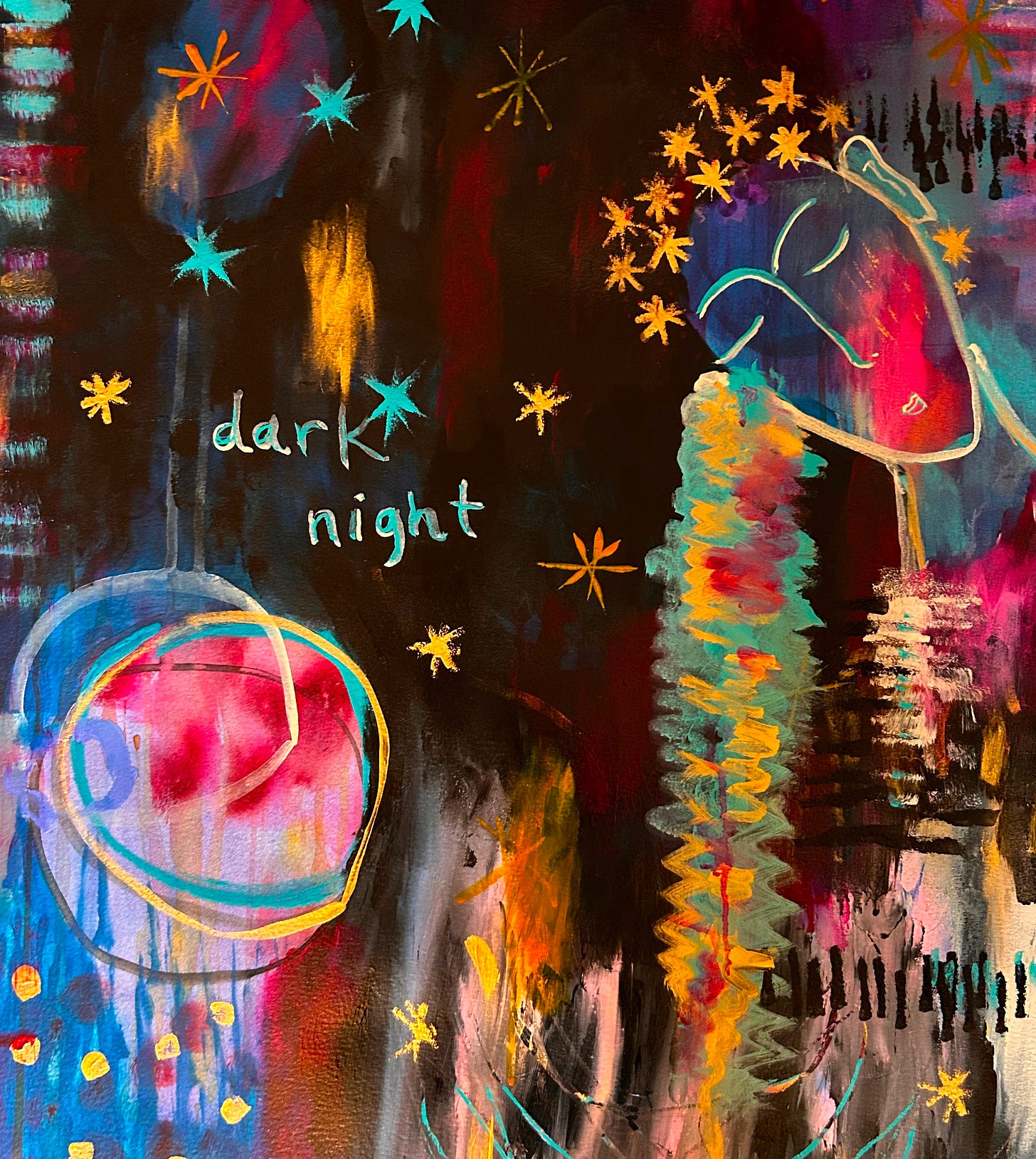

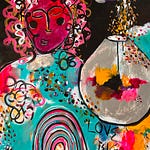
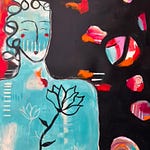
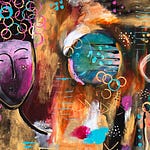
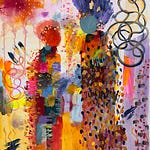



Share this post